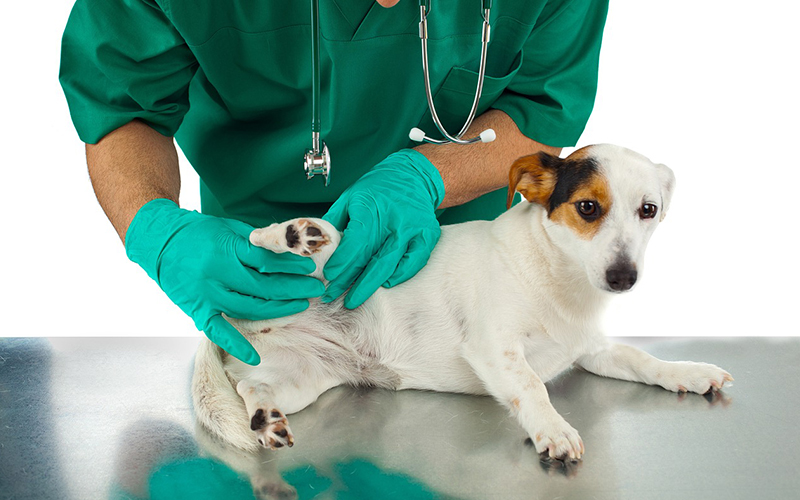If your pet stops breathing, please see a vet immediately. On the way to your vet, you may be able to help your pet.
To breathe for the animal:
Extend the neck so there is a straight airway.
Close the mouth.
Place your mouth around its nose and mouth (or just the nose, if it is a large dog) and blow air until the chest expands.
Be sure to keep the neck extended straight, not flexed.
You should be able to see the chest expand with each breath. This should be performed every five seconds. Do not overdo.
If there is no heartbeat, you should start with CPR.
Basic CPR includes breathing and chest compressions:
In Small Dogs or Cats: Squeeze the chest using one or both hands around the chest. Depress the rib cage circumferentially, 100 to 150 times per minute.
In Large Dogs: Compress the chest wall with one or both hands, depending on the size of the dog and the size of the rescuer. The dog should be placed on their side (in lateral recumbency) and the person performing CPR should place their hands on the side of the chest wall where it is widest. Depress the rib cage 1.5 to 4 inches, depending on the dog’s size. Do this 80 to 120 times per minute.
Continue CPR until you become tired and can’t continue. If there is a second person able to perform CPR, switch every 2 minutes.
All resuscitated patients should be transported to a veterinary facility for further examination and care!




